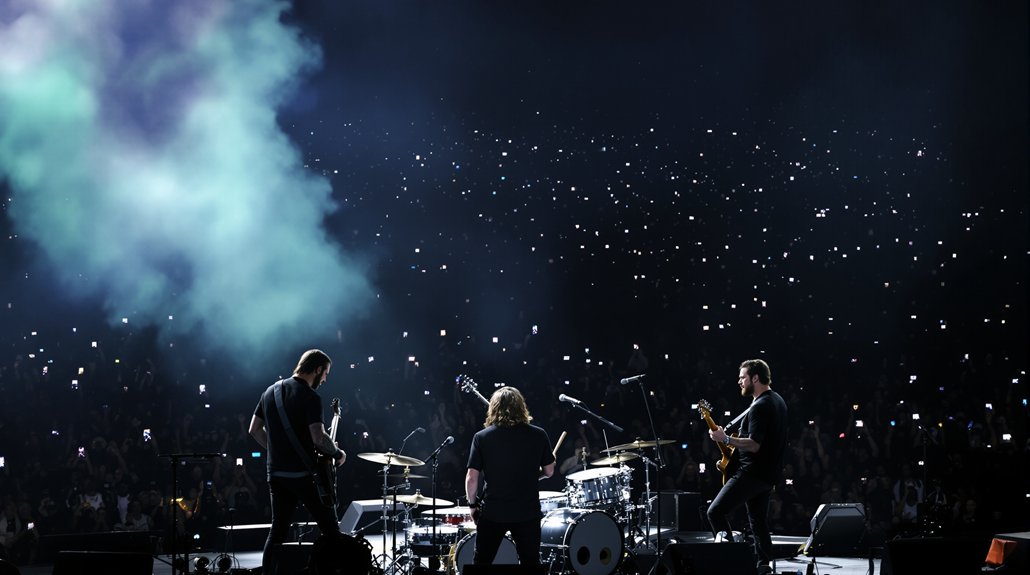Disney’s alleged $20 million Walt Disney animatronic figure represents the company’s most ambitious Audio-Animatronics project, building upon decades of technological advancement that began with a mechanical bird toy in the 1950s and evolved through landmarks like Abraham Lincoln at the 1964 World’s Fair and the Na’vi Shaman in Pandora. The theoretical figure would incorporate cutting-edge hydraulics, digital programming, advanced sensors, and photorealistic silicone skin to create an unprecedented interactive experience that pushes the boundaries of robotic storytelling capabilities established throughout Disney’s revolutionary animatronics history spanning nearly seven decades of continuous innovation.
Innovation in mechanical entertainment reached a pivotal moment when Walt Disney purchased a simple mechanical bird toy in the 1950s, sparking the development of what would become one of Disneyland’s most distinctive technological achievements. This inspiration led to “Project Little Man” in 1951, featuring a 9-inch human figure designed to tap dance, which established the foundation for Disney’s revolutionary Audio-Animatronics technology that would alter theme park experiences worldwide.
The technology evolved rapidly from its experimental origins, with Disney’s first film animatronic appearing as the giant squid in “20,000 Leagues Under the Sea” in 1954. The Enchanted Tiki Room debuted in 1963 as the first large-scale implementation, featuring over 150 moving birds and flowers that demonstrated the potential for creating immersive, lifelike entertainment experiences through mechanical innovation.
Early systems utilized pneumatic controls before converting to hydraulics for smoother, more realistic movement patterns. The introduction of digital programming in the 1970s enabled refined, complex motions that synchronized sound, movement, and facial expressions, allowing animatronic figures to speak and sing with unprecedented realism.
Digital programming revolutionized animatronics in the 1970s, enabling synchronized movements and expressions that brought mechanical figures to life with unprecedented realism.
Landmark attractions expanded the technology’s applications, with Pirates of the Caribbean introducing life-sized human figures in 1967, followed by the Haunted Mansion‘s ghostly inhabitants and the Hall of Presidents‘ speaking historical figures. The first human animatronic featured Abraham Lincoln at the 1964 World’s Fair, establishing a precedent for presidential representations that continues today.
Current animatronic systems incorporate advanced sensors and control mechanisms that enable real-time guest interactions, representing significant technological advancement from the original mechanical concepts. Internal networks consisting of motors, servos, electronics, and fluid pumps operate beneath silicone skins that are meticulously painted for photorealistic appearance. Disney’s extensive engineering and programming by Disney Imagineers ensures seamless operation and maintenance of these complex systems. Disney’s development teams are pioneering autonomous robots that demonstrate unprecedented capabilities in walking, balancing, and executing complex stunts.
The Na’vi Shaman in Pandora’s Na’vi River Journey represents current state-of-the-art capabilities, featuring highly detailed facial animations and fluid motion that demonstrate decades of technological refinement.
These innovations have established Audio-Animatronics as signature Disney attraction features, bringing unprecedented immersion to storytelling while maintaining operational reliability that allows some original 1955 figures to continue functioning today.






